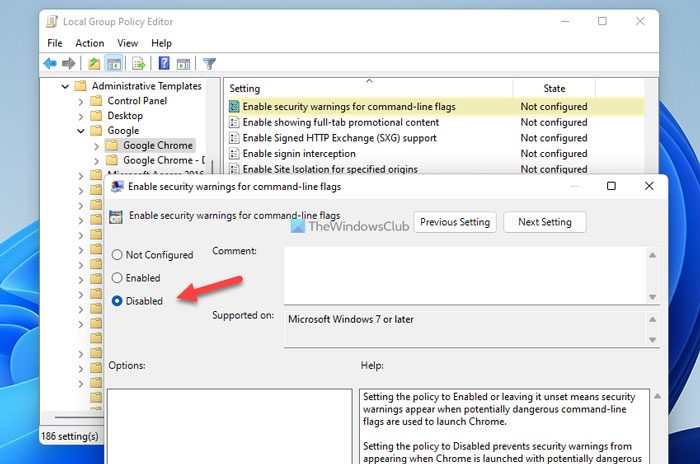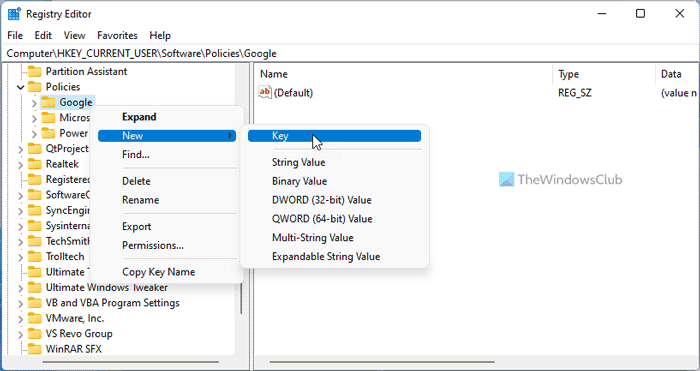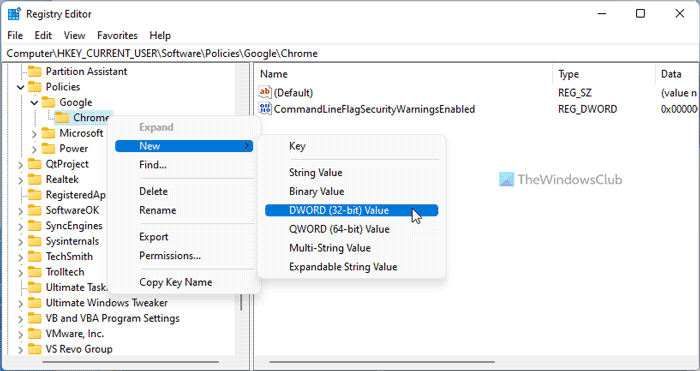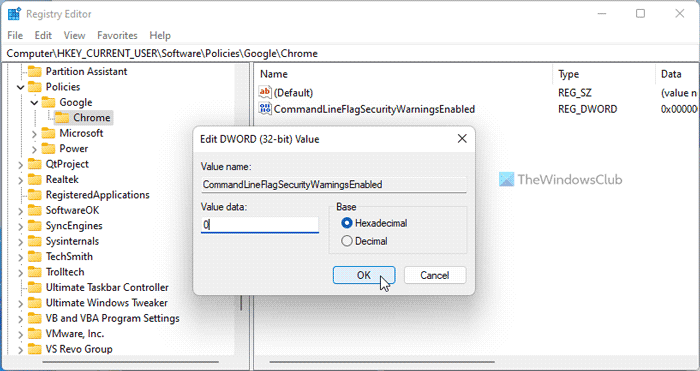If you want to open Google Chrome command-line flags without the User Account Control popup, you can follow this guide. It is possible to disable UAC or security warning for command-line flags in Google Chrome using Local Group Policy Editor and Registry Editor. This article explains both methods, and you can follow any of them as per your requirements.
What are Google Chrome command-line flags?
Let’s assume you want to enable the System print dialog for the Google Chrome browser – or you want to enable or disable Reader mode in Chrome. In such situations, you need to open the Properties of Google Chrome, find the Target box, and enter an additional command. This command is also known as the command-line flag.
When you add the command-line flag, you must click the Yes button on the UAC prompt. However, if you do not want to do that, you can follow these guides to disable it.
How to open Google Chrome Command-line flags without UAC
To open Google Chrome Command-line flags without UAC, follow these steps:
- Press Win+R to open the Run prompt.
- Type gpedit.msc and hit the Enter button.
- Go to Google Chrome in User Configuration.
- Double-click on the Enable security warnings for command-line flags setting.
- Choose the Disabled option.
- Click the OK button.
To learn more about these steps, continue reading.
First, you need to open the Local Group Policy Editor. For that, press Win+R to open the Run prompt, type gpedit.msc, and hit the Enter button.
Once it is opened, navigate to this path:
User Configuration > Administrative Templates > Google Chrome
Here you can find a setting called Enable security warnings for command-line flags. You need to double-click on this setting and choose the Disabled option.

Finally, click the OK button to save the change.
To enable the security warning, you need to open the same setting and choose the Enabled or Not Configured option.
How to disable UAC for Google Chrome Command-line flags
To disable UAC for Google Chrome Command-line flags, follow these steps:
- Search for regedit and click the search result.
- Click the Yes button.
- Go to Policies\Google in HKCU.
- Right-click on Google > New > Key and name it Chrome.
- Right-click on Chrome > New > DWORD (32-bit) Value.
- Set the name as CommandLineFlagSecurityWarningsEnabled.
- Keep the Value data as 0.
- Restart your computer.
Let’s check out these steps in detail.
To get started, you need to open the Registry Editor. For that, search for regedit, click on the search result and click the Yes button in the UAC prompt.
Then, navigate to this path:
HKEY_CURRENT_USER\Software\Policies\Google
If you cannot find the Google key, right-click on Policies > New > Key and set the name as Google.
Then, right-click on Google > New > Key and name it Chrome.

Right-click on Chrome > New >DWORD (32-bit) Value and set the name as CommandLineFlagSecurityWarningsEnabled.

By default, it comes with a Value data of 0, and you need to keep that.

Lastly, close all windows and restart your computer.
If you want to return to the original setting, you need to set the Value data as 1. Alternatively, you can also delete the REG_DWORD value.
Read: How to enable or disable Network Prediction in Google Chrome
How do I open Chrome command line flags?
To use and open Chrome command-line flags in Windows, you must open the Properties first. Then, you can switch to the Shortcut tab and find the Target box. Then, enter the command at the end of the existing target path. Finally, click the OK button to save the change. Then, you can open the Google Chrome command-line flag by clicking twice on the icon.
How do I open Chrome in safe mode with a command prompt?
In Google Chrome, Safe Mode and Incognito Mode are the same. That said, if you know how to open an Incognito window of Google Chrome, you know how to open Google Chrome in Safe Mode. However, if you do not know the process, you can press Ctrl+Shift+N. Alternatively, you can click on the three-dotted icon and select the New Incognito window option.
Read: How to enforce YouTube Restricted Mode in Chrome using Group Policy and Registry.